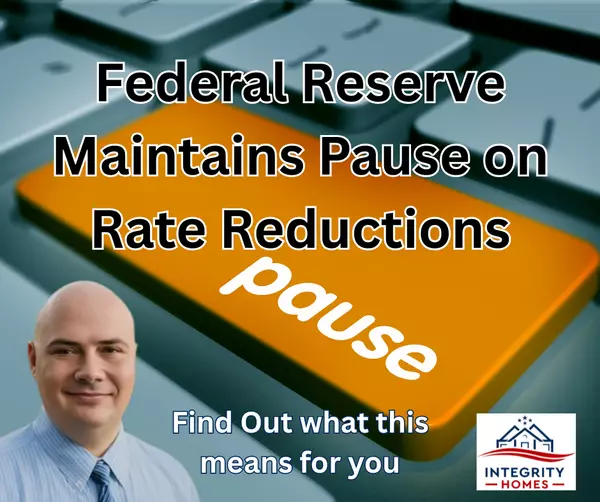
Open House This Weekend: Custom Dream Home in Waunakee’s Westbridge Neighborhood!
📍 Your Future Home Awaits at 802 Lynn Street, Waunakee, WI If you’ve been dreaming of a home that blends modern luxury, functional living space, and unbeatable location, 802 Lynn Street is calling your name. Join us for an open house this weekend and explore what sets this property—and the neighbor

June 2025 Wisconsin Housing Market: How to Win as a Buyer or Seller Right Now
If you’re wondering what’s really going on with the Wisconsin housing market, this is the episode you don’t want to miss. John Reuter—Air Force Veteran, Waunakee Realtor, and host of the Wisconsin Housing Report—dives into the May 2025 market trends and shares how buyers and sellers can win in today

Optimistic Outlook: How the Fed's June 2025 Decision Supports Real Estate Stability and Future Growth
The Federal Reserve's decision to maintain interest rates at 4.25–4.5% on June 18, 2025, reinforces short-term stability while laying the groundwork for potential market stimulation later this year. For the Madison and Dane County real estate markets, this represents both a calm moment and a potenti
Categories
- All Blogs (207)
- All Things Waunakee (7)
- Benefits (7)
- Communities (12)
- Decorating (7)
- Deployment (2)
- Easements (3)
- Energy Efficiency (4)
- First-Time Homebuyers (22)
- Home Inspection (1)
- Home Maintenance (1)
- Home Selling (19)
- Home Value (14)
- Homes for Heroes (8)
- Housing Assitance (7)
- Interest Rates (6)
- Market Trends (67)
- VA Loans (5)
- Veterans (8)
- Waunakee Housing Market (2)
- Well, Water, Septic Systems (4)
Recent Posts










